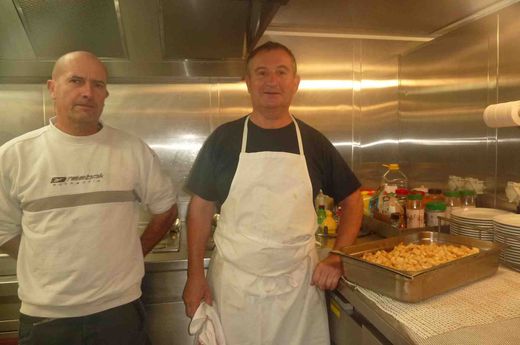By Camille Lique
If you ask anyone on the ship “which day is today?”, it will likely take a few seconds before you get an answer. It might actually even require a few try before you get the right answer. Time flies a bit differently at sea.
As we are working 7 day a week and we are doing very repetitive tasks, each day looks a lot like the previous and the following ones, and we quickly lose track of the day and date (the only reason I still know the date is because we need to fill a form with the date each time we start a new CTD station!). It’s been only 3 weeks since we left Brest. Yet, as most of the days are so similar, we have the feeling that we’ve been there for months! The fact that we hardly see any sign of a night (or just any darkness) does not help either. Have you seen the movie “Groundhog Day”? I’m pretty sure the director was on a scientific cruise when he thought of the story…
On the other hand, as most of us are working in shifts, we all end up trying to optimize the time we can sleep, stay in the canteen during the meals, or do something else before we run to start our shift. Moreover, no one wants to miss one of the fixed-time lunches or dinners. Hence, although I’m not carrying a watch, I can probably http://buyultramnow.com give you the time within a five-minute error (you can find large clocks in some strategic spots all around the ship).
Additionally, instead of the date, everyone on board can give you within a second how many days are left before 1) we start the travel back (and thus when we’ll stop working – next Sunday evening!) and 2) before we reach Brest and can go back home.
Well, all of that is true, but one day a week. On a Sunday, if you ask anyone on the ship “Which day is today?”, you’ll get the right answer within a second, and you will likely see a smile growing on the face of the person you’ve just asked. This is owed to two persons: our cooks (what would you expect on a French cruise?!). Sunday morning starts with pastries. And chocolates! They also dedicate special attention to Sunday lunch, which usually ends up with a special (and quite fabulous) cake (if not several!).
It does not take much to keep us happy!
